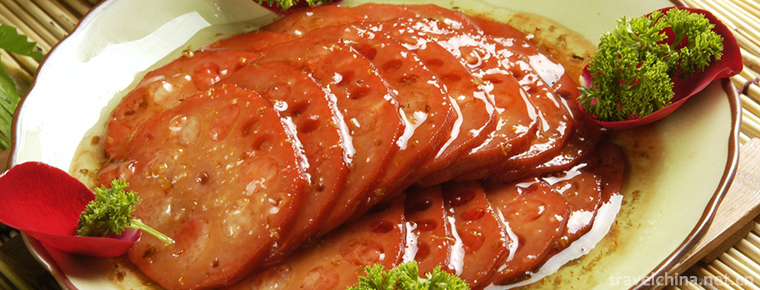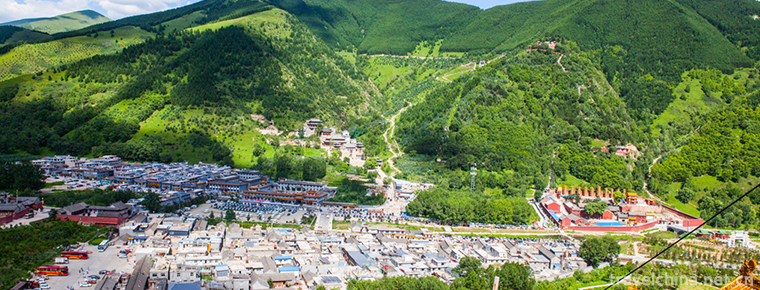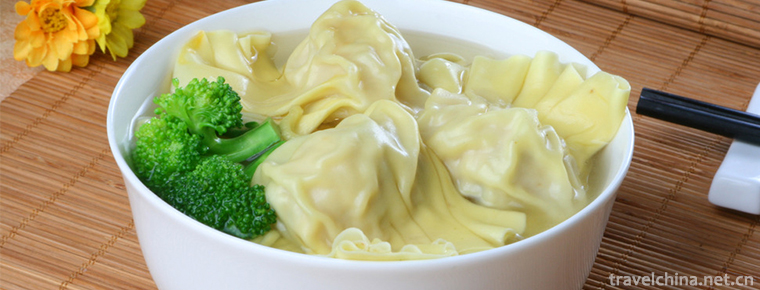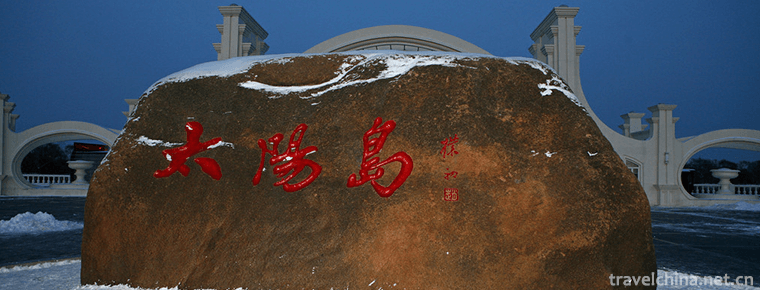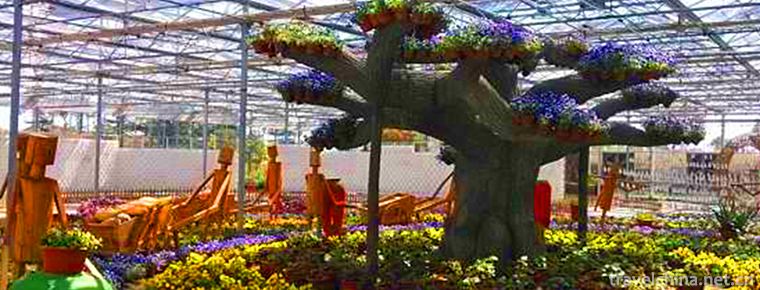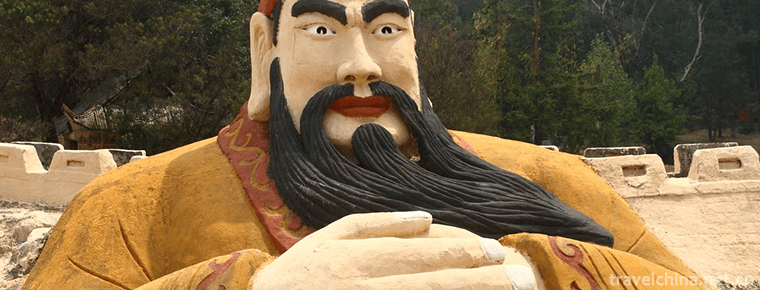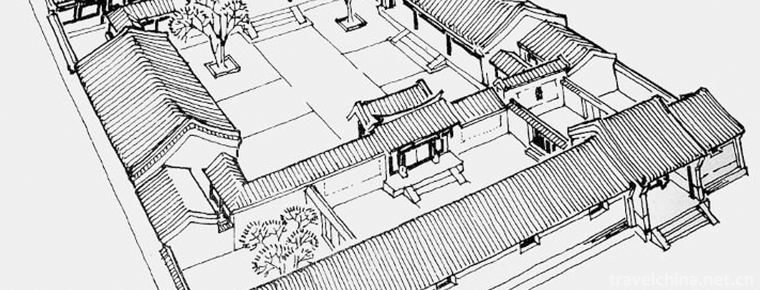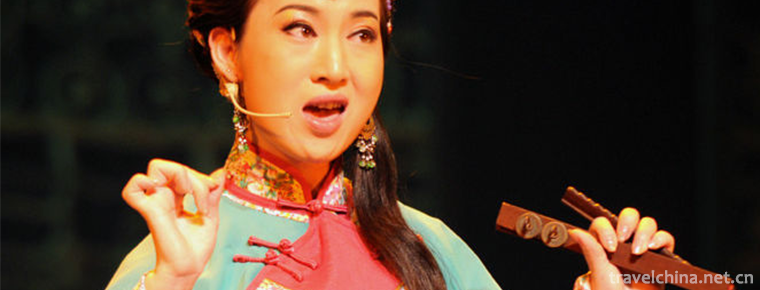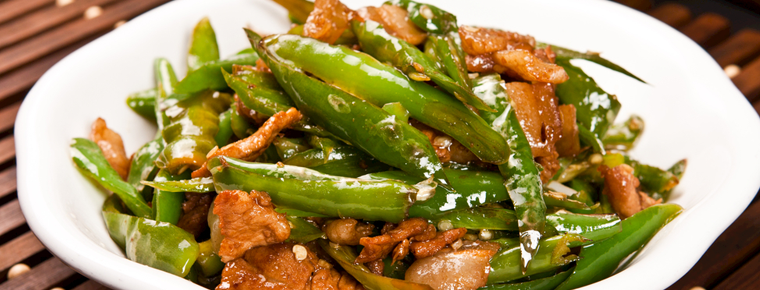History of Luzhou
History of Luzhou
Luzhou was named "Lushui theory" and was called Jiangyang in ancient times. During the reign of Liang Datong in the Southern Dynasty (535-546 A.D.), Luzhou was set up to lead the Yangjun county. Jiangyang County: Jiangyang county (governing today's Jiangyang District), Han'an county (governing Dadukou Town, Naxi District), mianshui county (governing the north of Changning County), and anleshu (governing Hejiang Town, Hejiang county). State and county govern today's Jiangyang district.
In the Xia and Shang Dynasties, it belonged to Liangzhou.
In the fifth year of King Shenliang of Zhou Dynasty (316 BC), Qin Dynasty destroyed Ba and Shu. In the same year, Bajun and Shujun were set up. Bajun governed Jiangyang, and then Jiangyang county was disposed of at the intersection of Tuojiang River and Yangtze River.
In the sixth year of emperor Jingdi of the Western Han Dynasty (151 BC), Sujia was granted the title of Marquis of Jiangyang. Jiangyang county was set up at the intersection of Yangtze River and Tuojiang River (now Jiangyang District of Luzhou City). In the sixth year of Jianyuan of Emperor Wu of Han Dynasty (135 BC), Qianwei county was established to lead Jiangyang county. In 213, Emperor Xian of the Eastern Han Dynasty established Jiangyang county.
Jiangyang county was still established in the Western Jin Dynasty. Jiangyang county belongs to Yizhou, which governs Jiangyang County, Fu County and Jiang'an county.
In the Southern Dynasties, the Liu Song Dynasty and the Southern Qi Dynasty set up dongjiangyang county. In the period of Datong (535-546), Luzhou was established. Luzhou governs one county, namely Jiangyang County, and three counties, namely Jiangyang County, Jiang'an county and mianshui county.
In the third year of Daye of Sui Dynasty (607), Luzhou was changed into Luchuan County, and Renshou was promoted to Luzhou Prefecture. Jiangyang county was changed to Luchuan County, which was governed by Luchuan Prefecture. Luchuan County governs Luchuan County, Fushi County, Jiang'an County, Hejiang county and mianshui county.
In the first year of Wude of Tang Dynasty, Luzhou was restored to Luzhou in 618, in 620, and in 621. Luzhou governs Luchuan County, Fuyi County, Jiang'an County, Hejiang county and mianshui county.
In the Northern Song Dynasty, Luchuan County of Luzhou set up the army.
In 1170, Tongchuan Fu Road moved to Luzhou in the sixth year of Qiandao in Southern Song Dynasty. Luzhou shengben road pacifier.
At the end of Song Dynasty, Luzhou was changed to Jiang'an Chuan, belonging to Tongchuan road. It has jurisdiction over Luchuan County, Jiang'an County, Hejiang county and Naxi county.
During the song and Yuan Dynasties, the Mongol army entered Shu, and Luzhou City successively moved to Rongshan mountain of Hejiang, sanjiangqi of Jiang'an and Anle mountain of Hejiang. Finally, the city was built on the holy arm cliff of Hejiang and persisted in resisting yuan for 35 years.
In the Yuan Dynasty, Jiang'an County, Hejiang county and Naxi county were under the jurisdiction of Chongqing Road, Sichuan Province.
In the sixth year of Hongwu in Ming Dynasty (1376), Luzhou was promoted to Zhili Prefecture, which was subordinate to xingzhongshu province of Sichuan Province. In 1376, Zhili was appointed to be a political envoy in Sichuan. It has jurisdiction over Jiang'an County, Naxi county and Hejiang county.
In 1727, Yongning, to the north of Bijie in Guizhou, was assigned to Sichuan. In 1802, Luzhou set up Yongning road in South Sichuan (renamed xiachuannan road in 1908).
At the beginning of the Republic of China, Luzhou was changed to Luxian County, which belonged to Yongning Road, and was separated from Jiang'an, Naxi and Hejiang counties. In 1935, the seventh administrative supervision area was established.

History of Luzhou
-
Steamed Lotus Root Stuffed with Glutinous Rice
Osmanthus sweet-scented glutinous rice lotus root, also known as honey juice glutinous rice lotus root, is one of the characteristics of the traditional famous spots in the south of the Yangtze River.
Views: 203 Time 2018-10-27 -
Mount Wutai
Views: 179 Time 2018-10-30 -
Wonton Noodle
The wonton noodle is also called the bamboo rising face. It is a characteristic snack in Guangzhou. It originated in Guangzhou and Guangdong cuisine
Views: 242 Time 2018-11-14 -
Harbin Sun Island Scenic Area
Sun Island Scenic Area is located on the North Bank of Songhua River in Harbin City, Heilongjiang Province, with a total area of 88 square kilometers, of which the planned area is 38 square kilometers
Views: 137 Time 2018-12-05 -
Shanghai Metropolitan Vegetable Garden
Shanghai Metropolitan Vegetable Garden is located on the Bank of Hangzhou Bay, Bay Town, Fengxian District. It is about 50 kilometers away from the center of Shanghai
Views: 326 Time 2018-12-19 -
Luliang Colorful Sand Forest
Luliang color sand forest is a national AAAA tourist area, 18 kilometers away from Luliang County. 108 named scenic spots are located in the "Y" shaped canyon, with a total area of 180 hecta
Views: 147 Time 2019-02-06 -
Traditional Building Techniques of Beijing Siheyuan
Beijing quadrangle traditional craftsmanship, Beijing local traditional handicraft, one of the national intangible cultural heritage.
Views: 688 Time 2019-04-04 -
Bouyei Leyou
Le You and Le Lang are Buyi oboe gas song instruments. They resemble suona, bowl-less, insect whistle playing, bright and sweet timbre. It can be used for Solo or singing accompaniment
Views: 184 Time 2019-04-04 -
Changzhou comb
Comb, also known as Chlamys, is one of the eight hairdresses in ancient China. It is a local traditional handicraft with a long history in Changzhou City, Jiangsu Province.
Views: 289 Time 2019-04-16 -
Shaoxing Lotus Flower Fall
Shaoxing Lotus Fall, also known as Lotus Music and Lotus Fall, is a traditional form of folk art in Shaoxing, Zhejiang Province. It is named because of the help singing such as "Lili Lianhua Luo&
Views: 150 Time 2019-06-14 -
Proverbs Shanghai Proverbs
Shanghai proverb, also known as Shanghai proverb, is the traditional folk oral literature in Shanghai. Local gossip. It belongs to one of the national intangible heritage.
Views: 132 Time 2019-07-10 -
Fried meat with chili
Stir fried meat with chili is a dish made with chili and streaky pork as the main ingredients and soybeans, garlic seeds, soy sauce, oil salt, monosodium glutamate and ginger as auxiliary ingredients.
Views: 229 Time 2020-03-18
